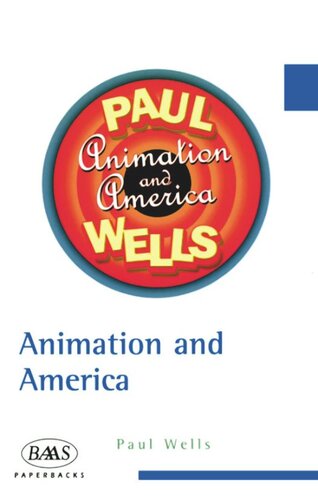

Most ebook files are in PDF format, so you can easily read them using various software such as Foxit Reader or directly on the Google Chrome browser.
Some ebook files are released by publishers in other formats such as .awz, .mobi, .epub, .fb2, etc. You may need to install specific software to read these formats on mobile/PC, such as Calibre.
Please read the tutorial at this link: https://ebookbell.com/faq
We offer FREE conversion to the popular formats you request; however, this may take some time. Therefore, right after payment, please email us, and we will try to provide the service as quickly as possible.
For some exceptional file formats or broken links (if any), please refrain from opening any disputes. Instead, email us first, and we will try to assist within a maximum of 6 hours.
EbookBell Team

4.8
34 reviewsGBS_insertPreviewButtonPopup('ISBN:9781853312038);
The 'cartoon' is synonymous with the United States - the all conquering Disney studio, the anarchic antics of Bugs Bunny and Daffy Duck, the satiric vision of The Simpsons - but rarely is this taken seriously as an important aspect of artistic and cultural achievement, nor as a vision of America itself.
In Animation and America, Professor Paul Wells looks at animation in the United States afresh, discussing the distinctiveness of the cartoon form, and the myriad others types of animation production, insisting upon the 'modernity' of the form, and its crucial importance as a barometer of the social conditions in which it was made, and which it reflects.
The book does not work as an orthodox history of animation in America, but rather uses animation as a way of discussing personal, social and political change, concentrating on the ways in which the form continues to grow, experiment, and remain subversive while gaining increasing popular acclaim and recognition. Now in the vanguard of visual culture per se, animation occupies an important position in representing both the outcomes and impacts of new technologies - as it has always done - but also has laid the foundations for a new understanding of social and artistic practice.